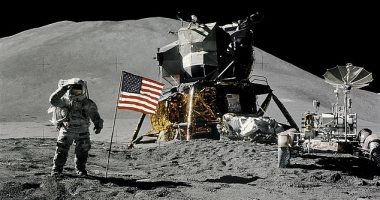Will astronauts live in caves on the moon? NASA answers

In an important announcement, NASA revealed the possibility of astronauts living in caves on the moon, caves long formed by lunar lava.
A NASA scientist said the caves could provide a natural sanctuary to build a future lunar base. According to NASA astronauts, these lava tubes are long tunnellike structures formed after the lava flow surface reaches the cavity.
The cave structures provide shield against the fluctuations of the moon's temperature and harmful solar radiation, thereby reducing construction costs.
Daniel Moriarty, NASA's geologist and his colleagues, discussed the possibility of a future moon during the Ask Me Anything session.
The online Q & A session focused on the next 2024 satellite – the Artemis – that the US space agency is working on.
The questions, however, turned to the possibility of future moon bases and the steps needed to prepare the lunar surface for human habitation in the future. "I do not think we will be able to change anything on the moon much," Dr. Moriarty wrote in his reply.
Instead, I think it's logical to work on some of the existing structures and resources. "It might be interesting to create a store inside a pre-existing lava pipe," he said.
"It can provide astronauts with some protection as a shield to protect them from variations in temperature and incoming solar radiation," Dr. Moriart said when creating a base inside the extinct lava tube.
"For example, it might be useful to create a base near a permanently shaded polarity to make use of the surface water there," Moriarty said. "Lava tubes are not the only lunar resources that could be useful for developing a lunar base in the future."
In fact, this is the same plan for China's National Space Administration, which announced in April its plans to establish an international base near the ice-rich South Pole in the next decade.
The announcement of China's space exploration schedule follows the first slight landing of a spacecraft on the other side of the moon in January this year.
Related topics
NASA
Post a Comment